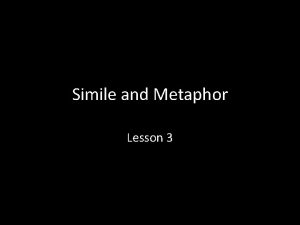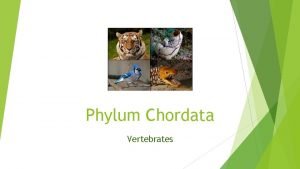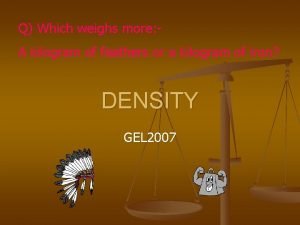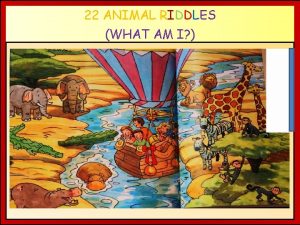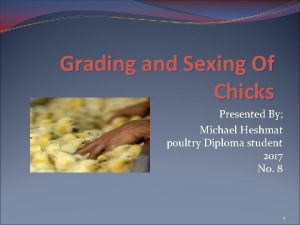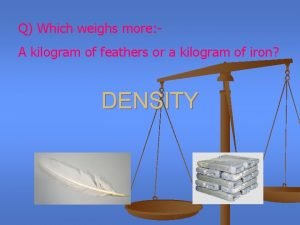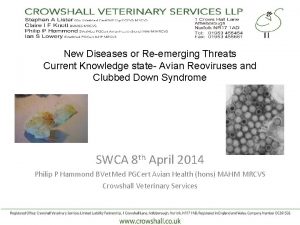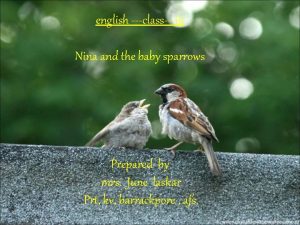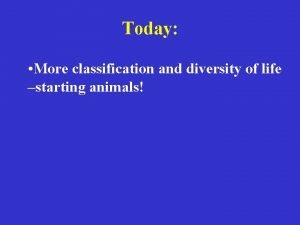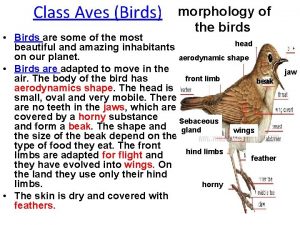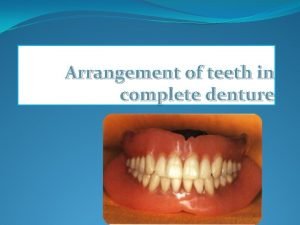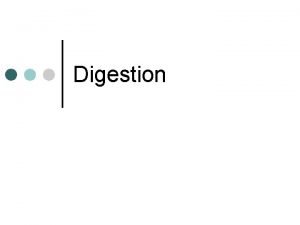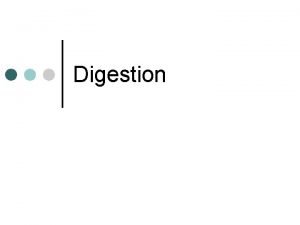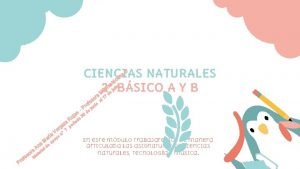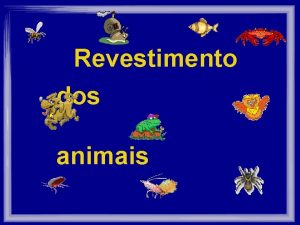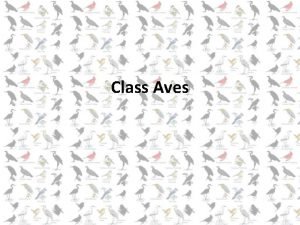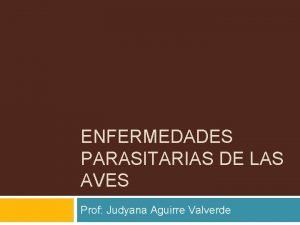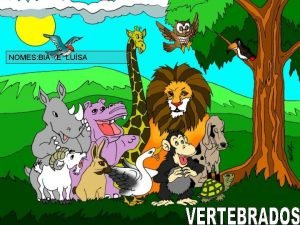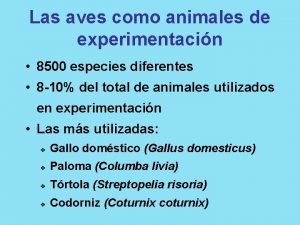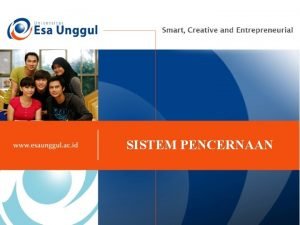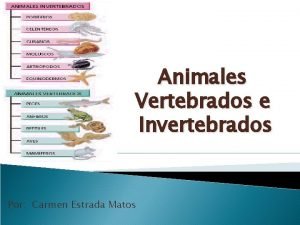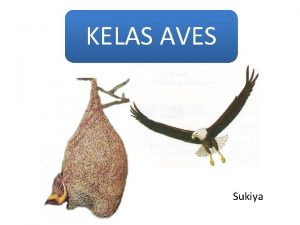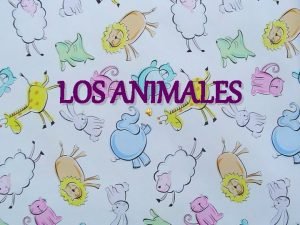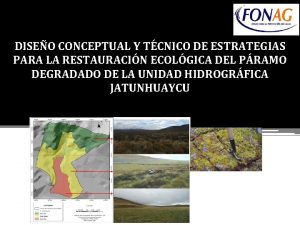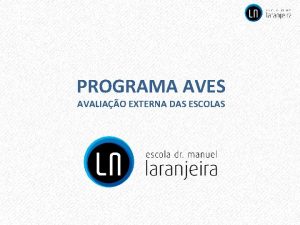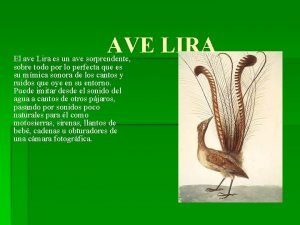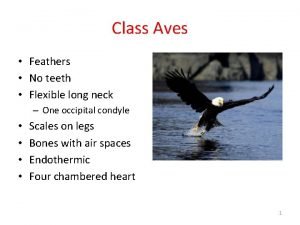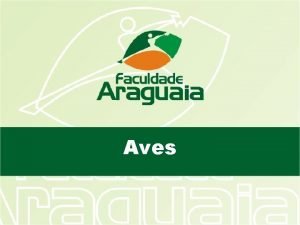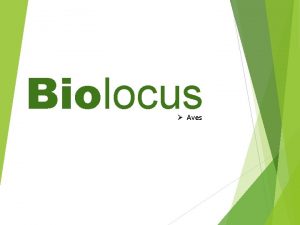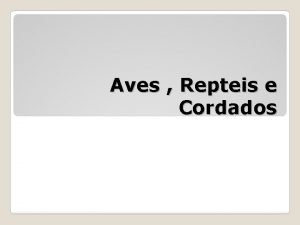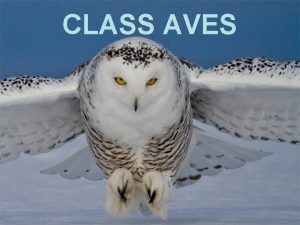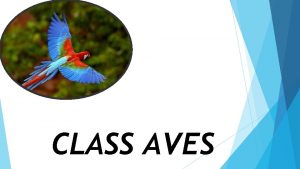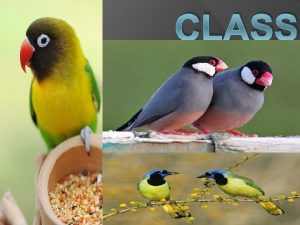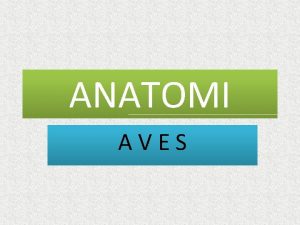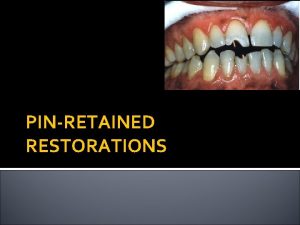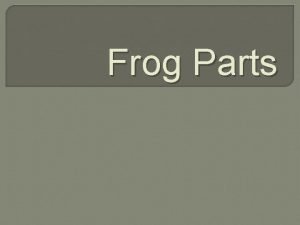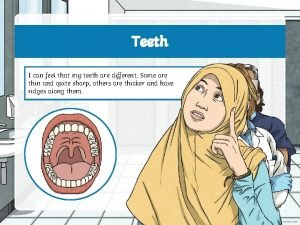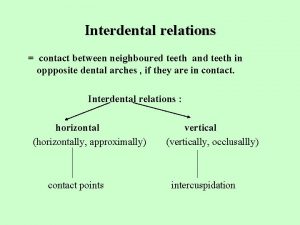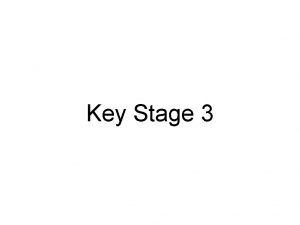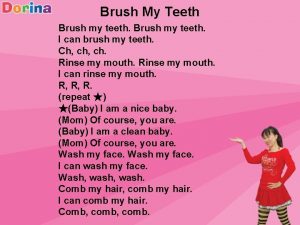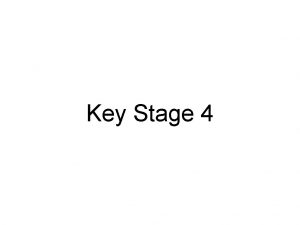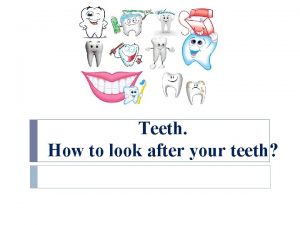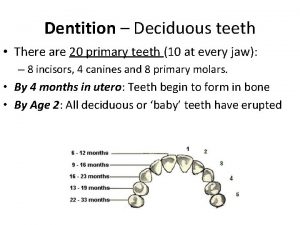Class Aves 1 Class Aves Feathers No teeth

































- Slides: 33

Class Aves 1

Class Aves • Feathers • No teeth • Flexible long neck – One occipital condyle • • Scales on legs Bones with air spaces Endothermic Four chambered heart 2

Adaptations for Flight • Honey-combed bones – Air cavities – Less weight 3

Light Weight Skeleton • Example: – Frigate bird – 7 foot wing span – 4 ounce skeleton 4

Adaptations for Flight • Enlarged sternum – Flight muscle attachment • Long neck – balance 5

Adaptations for Flight • Wing – lift 6

Adaptations for Flight • Feathers – Light weight – Strong – Downy, Primary, Flight 7

8

Adaptations for Flight • Reduce body weight – No teeth – No urinary bladder – Reduced genitals during non-mating season – Hollow bones 9

Migration • Ruby-throated hummingbird • Migrates to Central and South America in October • Returns in May • Follows the blooming flowers 10

Migration • Arctic tern • Migrates 25, 000 miles! 11

12

Beak Adaptations • Ripping flesh 13

Beak Adaptations • Eating seeds 14

Beak Adaptations • Sucking nectar from flowers 15

Beak Adaptations • Drilling wood 16

Beak Adaptations • Catching fish 17

Beak Adaptations • Basket-like bill to hold fish caught under water 18

Beak Adaptations • Filtering 19

20

21

Digestive System • Crop – Storage • Proventriculus – Enzymes • Gizzard – Grind food • Cloaca – Waste – Reproduction 22

Vision • Up to 8 times keener than human vision • Each eye moves indendtantly 23

Respiratory System • Nine air sacs – Connect to lungs and centers of bones – Cools the bird • Fresh air always moving – No dead ends as in mammals • Each wing beat moves air – Never run out of air 24

Benefits of Birds to Man • Eat insects, rodents and weeds • Spread seeds for flowers and trees • Food • Sport • Pets • Birdwatching (link to “nature”) 25

26

Caudipteryx • Feathered dinosaur • Flightless • Transitional fossil – Dinosaur arms – Dinosaur teeth • Only front of upper jaw – Bird feathers 27

Archaeopteryx • 147 MYA • Transitional fossil – Characteristics of reptiles – Characteristics of birds 28

Archeopteryx • Reptile characteristics – Teeth – Boney tail – Fingers with claws • Bird characteristics – feathers 29

Evolution of Flight Running Hypothesis 30

Microraptor gui 31

Evolution of Flight Gliding Hypothesis 32

The End 33
 Richard wilbur mind
Richard wilbur mind Feathers management services pvt ltd
Feathers management services pvt ltd Chordates with bodies covered with feathers.
Chordates with bodies covered with feathers. How many feathers in a kilogram
How many feathers in a kilogram An animal riddle
An animal riddle Vent sexing a chicken
Vent sexing a chicken What weighs more a kilogram of feathers
What weighs more a kilogram of feathers Clubbed down syndrome poultry
Clubbed down syndrome poultry Figurative language in hope is the thing with feathers
Figurative language in hope is the thing with feathers Why was there great joy in nina house
Why was there great joy in nina house Class aves
Class aves Class aves characteristics
Class aves characteristics Horizontal overlap of posterior teeth
Horizontal overlap of posterior teeth Overjet and overbite in complete denture
Overjet and overbite in complete denture Why artificial teeth are not set on maxillary tuberosity
Why artificial teeth are not set on maxillary tuberosity Types of teeth class 4
Types of teeth class 4 Types of teeth class 4
Types of teeth class 4 Ciclo de vida de los animales
Ciclo de vida de los animales Animais com concha univalve
Animais com concha univalve Las aves
Las aves Avian taxonomy
Avian taxonomy Bird air sac
Bird air sac Ascaridia galli ciclo biologico
Ascaridia galli ciclo biologico En un zoológico hay 246 aves
En un zoológico hay 246 aves Caracteristicas dos anfibios
Caracteristicas dos anfibios Vena alar aves
Vena alar aves Aves
Aves Kloaka
Kloaka El sapo es invertebrados
El sapo es invertebrados Ciri-ciri kelas aves
Ciri-ciri kelas aves Temperatura corporal de mamiferos
Temperatura corporal de mamiferos Perchas artificiales para aves
Perchas artificiales para aves Www.programaaves.pt
Www.programaaves.pt Aves liras
Aves liras
